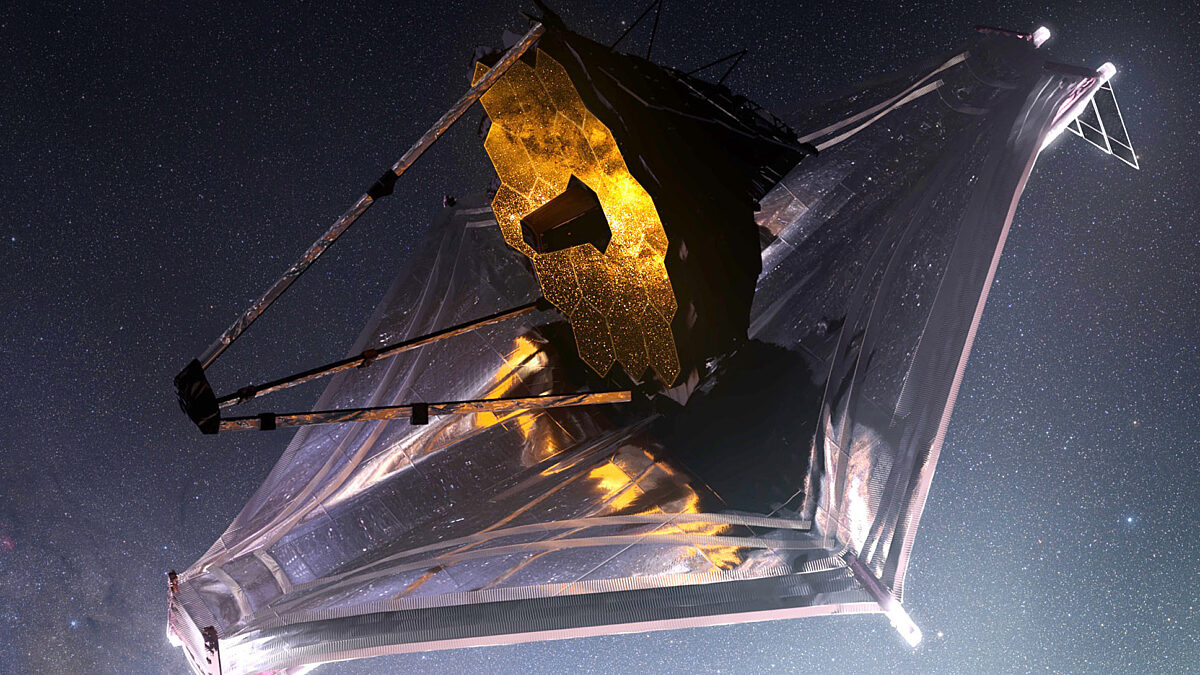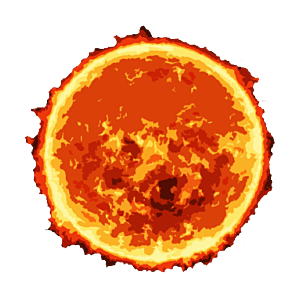The Downlink • Feb 04, 2022
So much more than meets the eye
Space Snapshot

If you were floating near Saturn’s moon Titan, it would look like a hazy orb, its surface completely obscured by a thick atmosphere. But in 2015, NASA’s Cassini spacecraft was able to peer through the clouds using an instrument that sees light in infrared wavelengths. The resulting image shows seas of methane and ethane, the only other liquid bodies we’ve ever found on the surface of another world.
You love space, now take action
This weekly newsletter is your toolkit to learn more about space, share information with your friends and family, and take direct action to support exploration. Anyone can subscribe at planetary.org/connect to receive it as a weekly email.
Mission Briefings


JWST is setting its sights on a distant sun. The space observatory — which recently reached its destination at L2 — is using a star called HD 84406 to help get its science instruments in working order. While JWST won’t be studying HD 84406 in-depth, this target will help the mission team maneuver the telescope’s 18 main mirror segments in preparation for future observations. Pictured: JWST identified in an image of the night sky, taken by the Rome-based Virtual Telescope Project. Image credit: Gianluca Masi/The Virtual Telescope Project.

Saturn’s moon, Mimas, may be hiding a global ocean. When it comes to ocean worlds in the Saturn system, Enceladus usually gets the shine. But a new study based on Cassini data suggests that the cratered “Death Star moon” may experience tidal heating that can, in part, allow for the world to harbor an ocean beneath its surface.

NASA’s Asteroid Terrestrial-impact Last Alert System (ATLAS) can now scan the entire dark sky. The agency recently said ATLAS is the “first survey capable of searching the entire dark sky every 24 hours for near-Earth objects (NEOs).” ATLAS is made up of four telescopes throughout both the northern and southern hemispheres.

Congratulations to longtime friends of The Planetary Society, Bobby Braun and Laurie Leshin! Braun, a member of our advisory council, was recently named space exploration sector head at the Johns Hopkins Applied Physics Lab (APL). Leshin, a former member of both our advisory council and board of directors, has been appointed director of NASA’s Jet Propulsion Laboratory (JPL). We're looking forward to the great impact they will both make on the future of exploration.
From The Planetary Society


Spacecraft allow humans to see so much more than our eyes ever could. The JWST observatory is one of these perception-expanding tools. John Mather, Nobel laureate and senior project scientist for the new telescope, joins this week’s Planetary Radio for a fascinating conversation about just how much JWST could teach us about the universe, from planets and galaxies to dark matter and dark energy. Pictured: An artist’s impression of JWST in space. Image credit: NASA/Adriana Manrique Gutierrez.
What's Up

Even without the aid of spacecraft instruments, there’s still a lot you can see in the night sky this week. In the western evening sky, you can spot Jupiter shining low to the horizon. In the predawn look for Venus shining very bright, with Mercury and reddish Mars nearby. Learn more at planetary.org/night-sky.
Wow of the Week

If you could see infrared light, this is what it would look like to peer into the center of the Milky Way galaxy. The South African Radio Astronomy Observatory recently released this and other images taken using its highly sensitive radio telescope, MeerKAT. The image shows radio emission from supernova remnants, stellar nurseries and the supermassive black hole at the very centre of our galaxy. Image credit: I. Heywood, SARAO.
Share your artwork with us!
We love to feature space artwork in the Downlink. If you create any kind of space-related art, we invite you to send it to us by replying to any Downlink email or writing to [email protected]. Please let us know in your email if you’re a Planetary Society member!


 Explore Worlds
Explore Worlds Find Life
Find Life Defend Earth
Defend Earth


